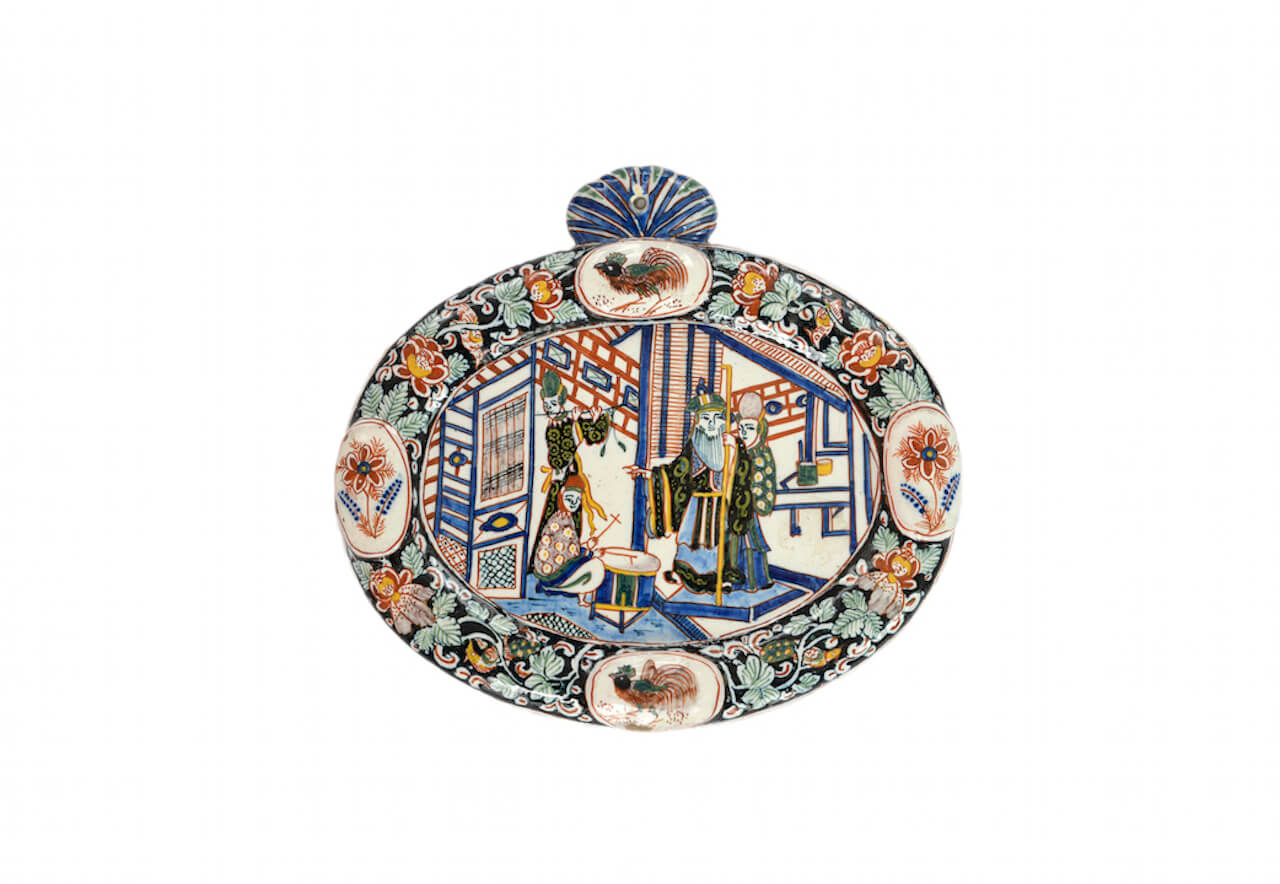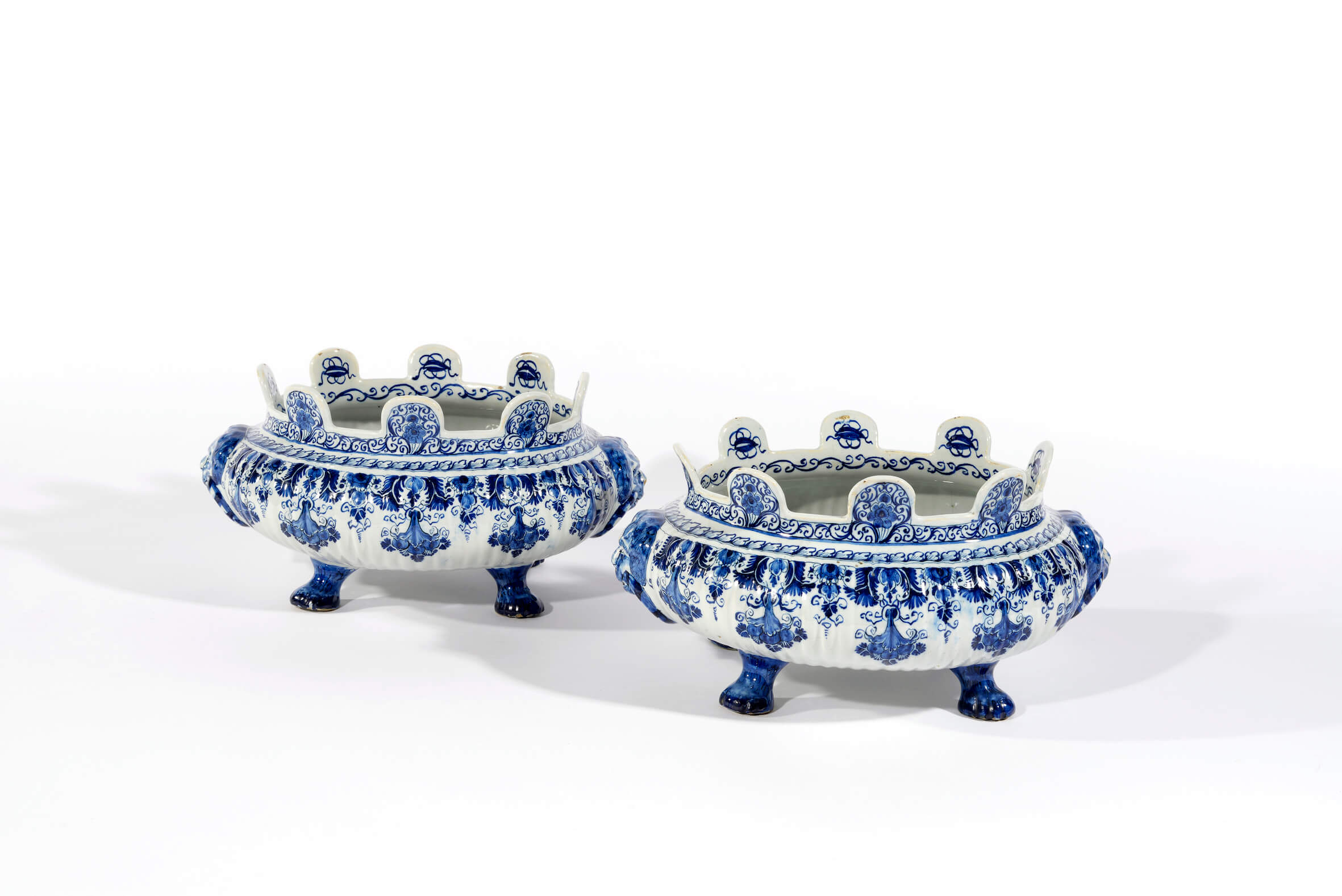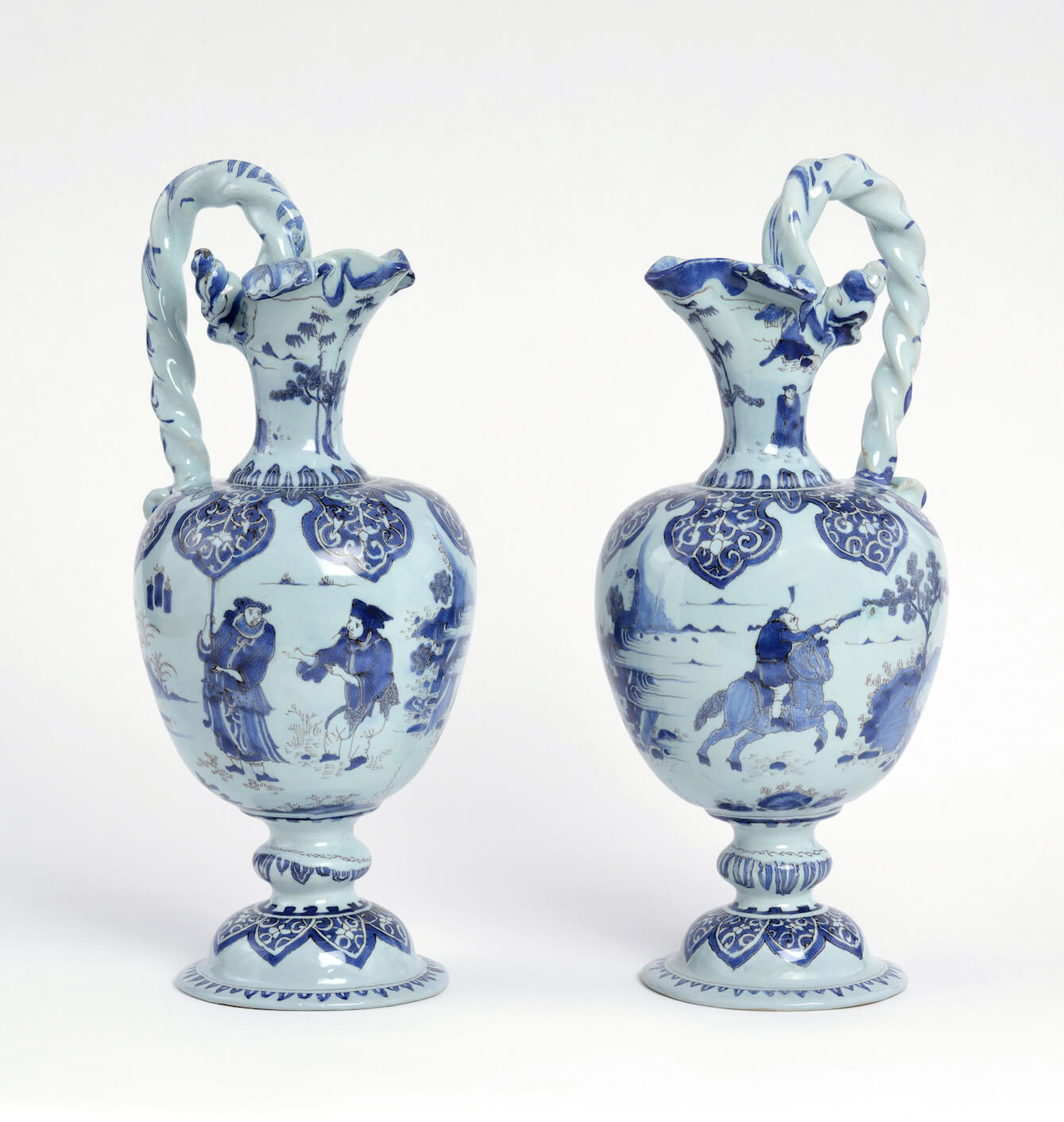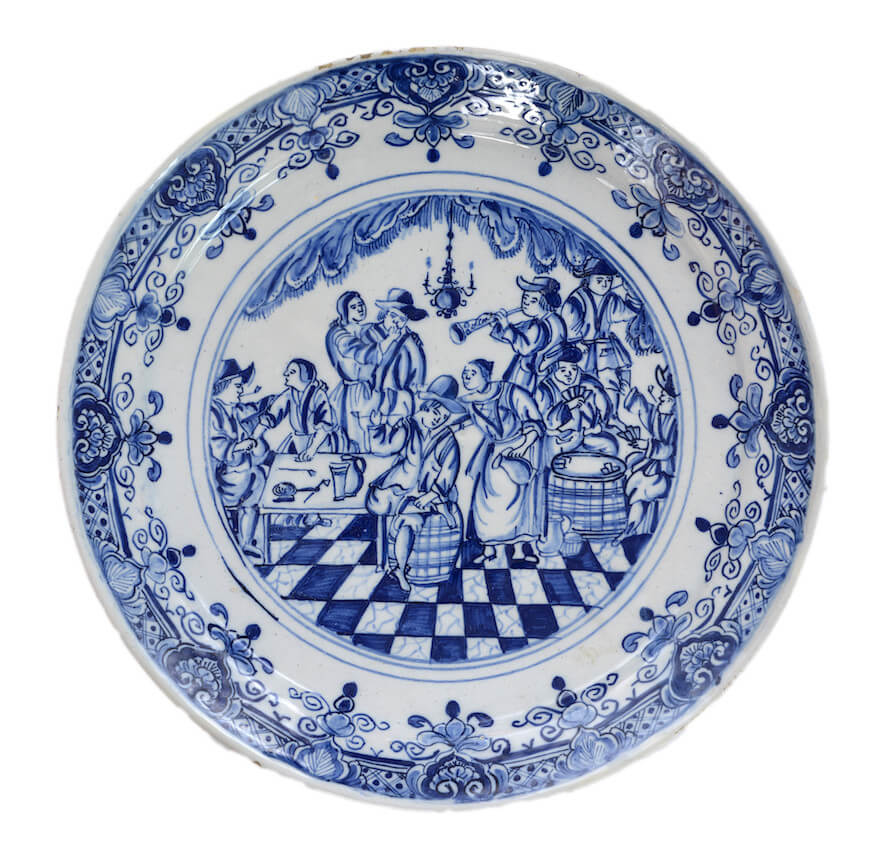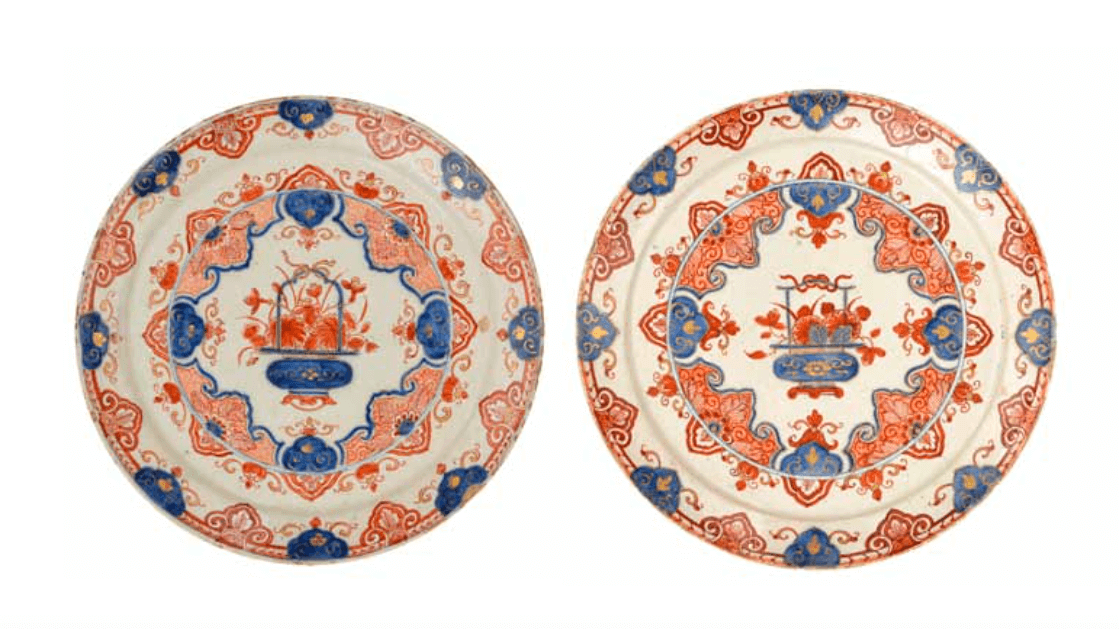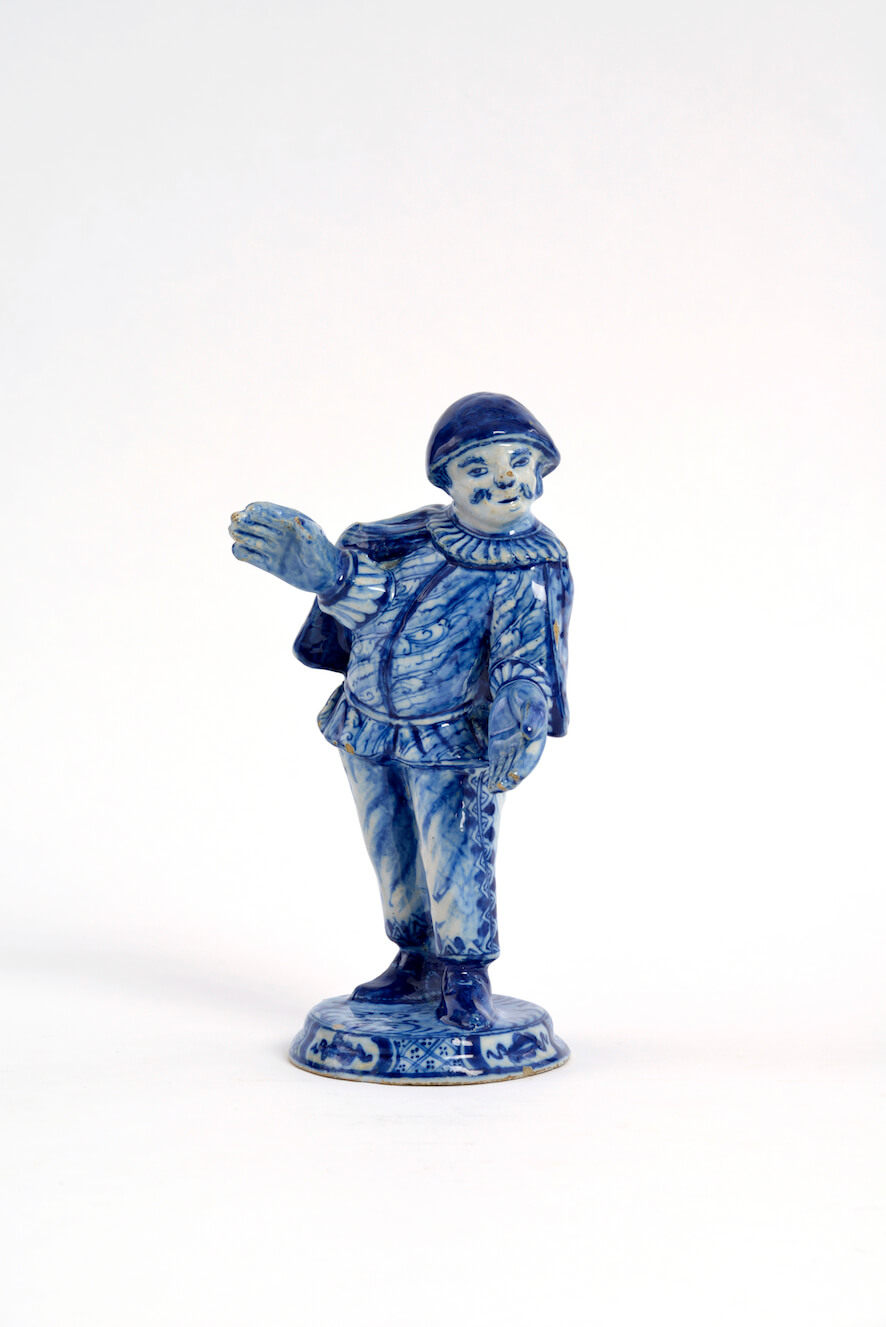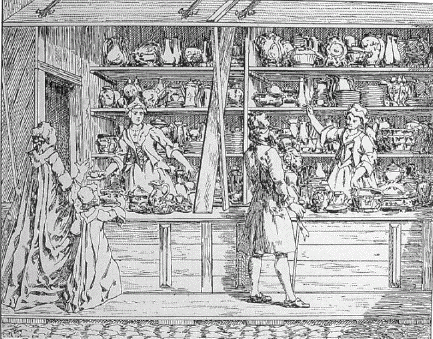The Creation of the Exotic Black Delft
The newly formed Dutch East India Company (VOC) made its first trades with Japan during the beginning of the seventeenth century. Lacquerware was amongst the many curiosities that were imported to the Netherlands. The very delicate wooden objects were painted in dark brown or black, coated in highly glossed lacquer, and were usually richly decorated…

